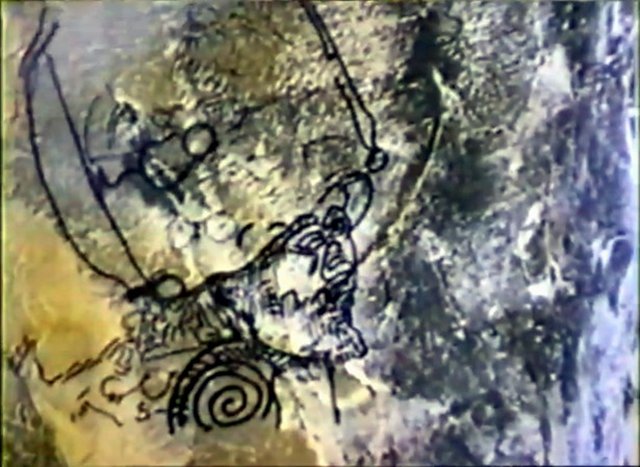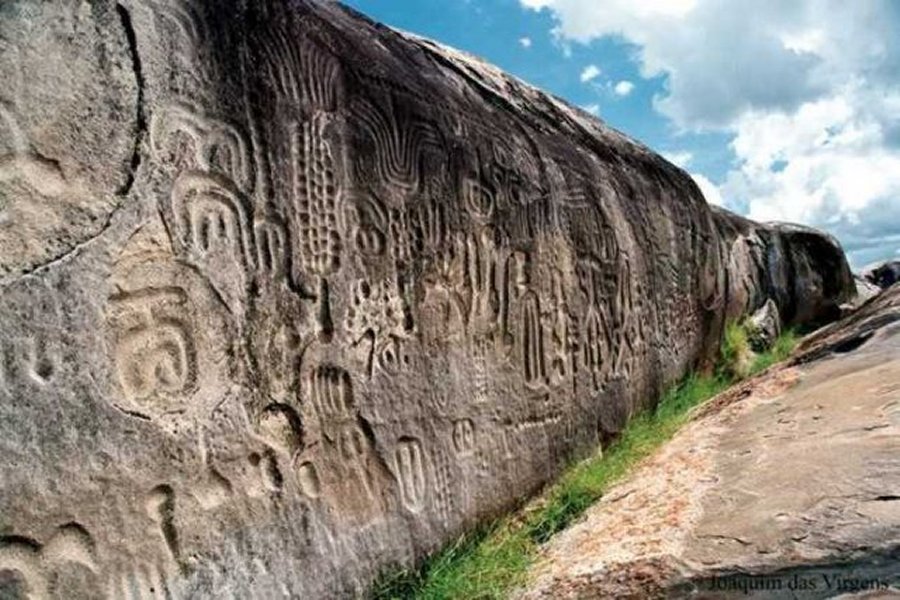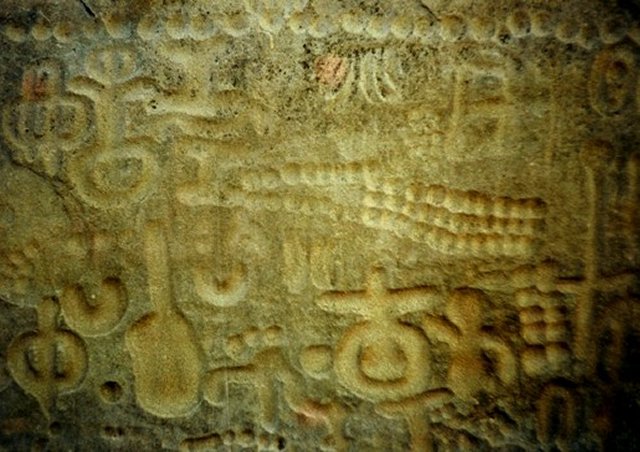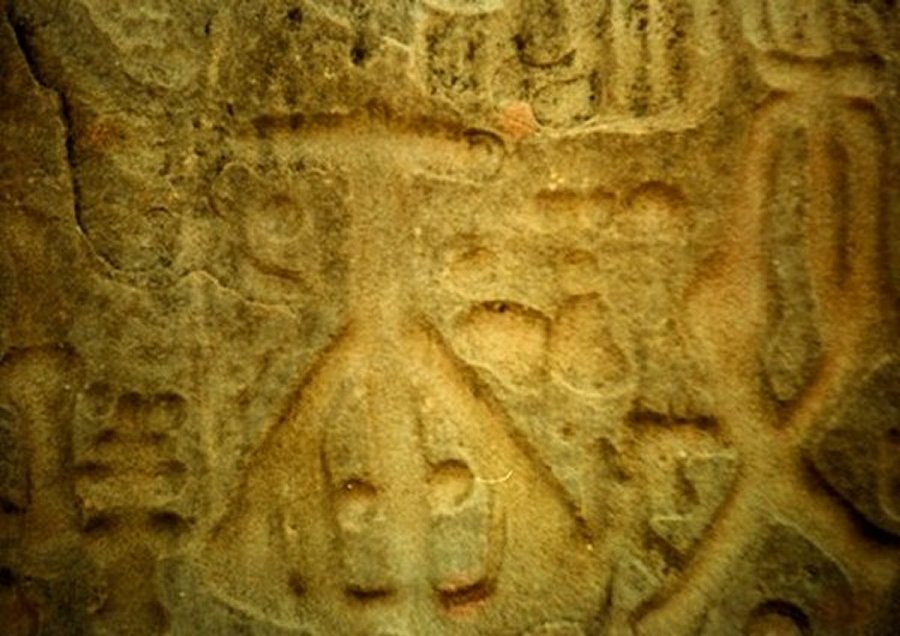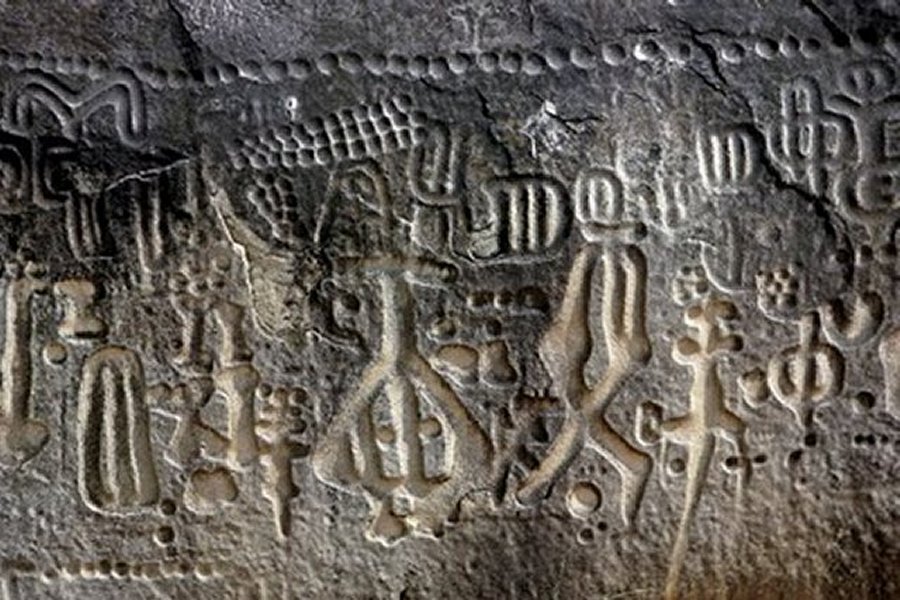Unsolved Enigma Of The Inga Stone And Its Mysterious Ancient Undeciphered Signs
A. Sutherland - AncientPages.com - It's covered with mysterious ancient signs and remarkable engravings of geometric shapes.
Who made these astonishing drawings? There are about 497 signals written on the sculptures on all cave walls.
There have been a lot of speculations about the origin of these intriguing markings, but so far no one has been able to solve the mystery of the Inga Stone.
According to Gabriele Baraldi archaeologist, epigraphist, and Italian-Brazilian alternative researcher, known as the "last atlantologist", American proto-Hittite controlled geothermal energy and apparently did hieroglyphics with mold by applying high mechanical and thermal stress on the rock from the lava conduit of an extinct volcano.
Various theories have been presented regarding Inga Stone. Some said the signs were carved by ancient Indian cultures. Others suggested it was done by an unknown ancient civilization that visited this region in the past. There are also those who think the carvings were made by extraterrestrials.
Some have wonder if the mysterious Ingá stone contains a coded message from an alien civilization living on a remote planet.
The Inga stone is one of the largest and most impressive Brazilian archaeological monuments. It is a huge monolith located in the state of Paraíba, Brazil.
It consists of a rock formation in gneiss. Here we find a set of stones, where there are applications, whose translation is unknown. Numerous sources have been identified, and there are many who argue that the Stone of Inga has a Phoenician origin, but this has not been confirmed.
In 1988 researcher Gabriele D’Annunzio Baraldi discovered his first Inga cave. Since then, he has come across many more intriguing caves in the region. Baraldi says there are about 497 signals written on the sculptures on all cave walls.
The archaeological site of Inga Stone is a set full of intriguing rock inscriptions, extraordinarily complex, produced in low relief widely over a rocky cliff of 46m long by 3.8 m high, rising upon a pavement of the creek blunderbuss, the city of Inga.
The inscriptions, which occupy 15m long by 2.3 m high in the wall, contain many mixed signals, making an amazing system of signs.
According to Brazilian researcher Gabriele Baraldi, who has spent considerable time studying these inscriptions, the drawings and pictures show proof of unknown ancient technology.
In 1988 researcher Baraldi discovered his first Inga cave. Since then, he has come across many more intriguing caves in the region. Baraldi says there are about 497 signals written on the sculptures on all cave walls.
The caves measure 24 meters in length, 3 meters in height, and 3 meters in depth. Furthermore, he says that the writings are upside down to confuse us and that the signs are coded.
Baraldi thinks that the inscriptions should be considered as evidence of an old American continent inhabited by an unknown civilization.
He has compared the shape and size of the drawings with Mesopotamian drawings, which seem to be very similar. Analyses of the writings indicate that they consist of a table of contents and each symbol can be identified as a number.
The details written on this entire wall consist of stories of a remote era, with a variety of symbols imprinted as if the creators were sharing their life stories telling us about their civilization and their world. This could be a book written on a wall.
Who were these beings? Where did they come from? What were they trying to tell us? Did they leave a message for future generations?
Unfortunately, when it comes to the enigmatic Ingá Stone, we are left with more questions than answers.
In order to learn the truth, we must decode this script and then the secrets of the past will be revealed.
Written by – A. Sutherland AncientPages.com Staff Writer
Copyright © AncientPages.com All rights reserved. This material may not be published, broadcast, rewritten or redistributed in whole or part without the express written permission of AncientPages.com
More From Ancient Pages
-
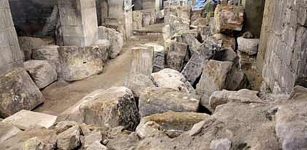 Archaeologists Excavate Two Roman Bath Hidden In A Dark Passage Below The Streets Of Bath
Archaeology | Apr 26, 2016
Archaeologists Excavate Two Roman Bath Hidden In A Dark Passage Below The Streets Of Bath
Archaeology | Apr 26, 2016 -
 Pharaoh Psamtik III’s Deadly Encounter With Cambyses II Of Persia Ended The 26th Dynasty Of Egypt
Featured Stories | Apr 16, 2021
Pharaoh Psamtik III’s Deadly Encounter With Cambyses II Of Persia Ended The 26th Dynasty Of Egypt
Featured Stories | Apr 16, 2021 -
 Mesoamerican Rubber Ball Game Tradition Existed Earlier Than Thought
Ancient Traditions And Customs | Mar 17, 2020
Mesoamerican Rubber Ball Game Tradition Existed Earlier Than Thought
Ancient Traditions And Customs | Mar 17, 2020 -
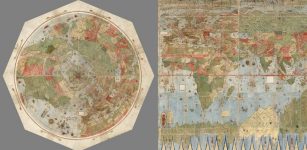 Unique Ancient Map Depicting The Earth As Seen From Space Restored Digitally
Archaeology | Dec 18, 2017
Unique Ancient Map Depicting The Earth As Seen From Space Restored Digitally
Archaeology | Dec 18, 2017 -
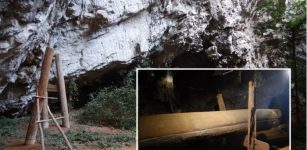 DNA Sheds Light On The Iron Age Log Coffin Culture In Pang Mapha, Thailand
DNA | May 20, 2024
DNA Sheds Light On The Iron Age Log Coffin Culture In Pang Mapha, Thailand
DNA | May 20, 2024 -
 Ancient Secrets Of Rare Maps Of Judah Ben Zara Revealed
Artifacts | Sep 20, 2022
Ancient Secrets Of Rare Maps Of Judah Ben Zara Revealed
Artifacts | Sep 20, 2022 -
 Pythagorean Cup Was A Practical Joke To Punish Greedy Drinkers And It Still Fools People
Ancient History Facts | Dec 18, 2020
Pythagorean Cup Was A Practical Joke To Punish Greedy Drinkers And It Still Fools People
Ancient History Facts | Dec 18, 2020 -
 Ancient Egyptians Used Stripy Socks And May Have Invented Them
Ancient History Facts | Dec 5, 2018
Ancient Egyptians Used Stripy Socks And May Have Invented Them
Ancient History Facts | Dec 5, 2018 -
 Ancient Site Tres Zapotes Offers Evidence The Olmecs Practiced Shared Governance
Archaeology | May 30, 2017
Ancient Site Tres Zapotes Offers Evidence The Olmecs Practiced Shared Governance
Archaeology | May 30, 2017 -
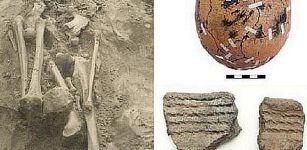 Eastern Baltic’s Communities Of First Farmers And Hunter-Gatherers Merged Slowly
Archaeology | Dec 10, 2023
Eastern Baltic’s Communities Of First Farmers And Hunter-Gatherers Merged Slowly
Archaeology | Dec 10, 2023 -
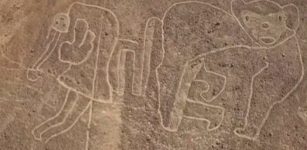 Drones Discover 25 Never-Before-Seen Geoglyphs Near Famous Nazca Lines
Archaeology | Jun 4, 2018
Drones Discover 25 Never-Before-Seen Geoglyphs Near Famous Nazca Lines
Archaeology | Jun 4, 2018 -
 On This Day In History: Adolph Bandelier Swiss-American Who Studied The American Indian Cultures – Born – August 6, 1840
News | Aug 6, 2016
On This Day In History: Adolph Bandelier Swiss-American Who Studied The American Indian Cultures – Born – August 6, 1840
News | Aug 6, 2016 -
 DNA Study Sheds New Light On The Mysterious 9,000-Year-Old Shaman Burial In Bad Dürrenberg
Archaeology | Nov 29, 2023
DNA Study Sheds New Light On The Mysterious 9,000-Year-Old Shaman Burial In Bad Dürrenberg
Archaeology | Nov 29, 2023 -
 Prehistoric Feces At Stonehenge Reveal The Earliest Evidence For Intestinal Parasites In The UK
Archaeology | May 21, 2022
Prehistoric Feces At Stonehenge Reveal The Earliest Evidence For Intestinal Parasites In The UK
Archaeology | May 21, 2022 -
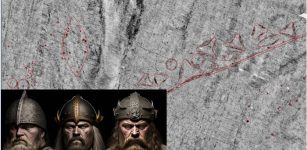 Radar Discovery Of Unknown Viking Age Stone Ship, Burial Mounds And Houses In The Trondheim Fjord
Archaeology | Mar 28, 2023
Radar Discovery Of Unknown Viking Age Stone Ship, Burial Mounds And Houses In The Trondheim Fjord
Archaeology | Mar 28, 2023 -
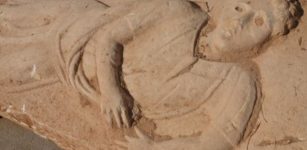 Unique 1,800-Year-Old Stone Sarcophagus Exposed In Ashkelon Building Site
Civilizations | Sep 6, 2015
Unique 1,800-Year-Old Stone Sarcophagus Exposed In Ashkelon Building Site
Civilizations | Sep 6, 2015 -
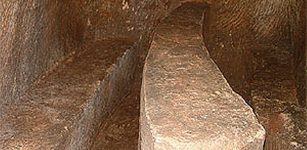 Mystery Of Gilmerton Cove: Underground Maze Of Caves, Passages And Tunnels
Featured Stories | Dec 22, 2015
Mystery Of Gilmerton Cove: Underground Maze Of Caves, Passages And Tunnels
Featured Stories | Dec 22, 2015 -
 On This Day In History: Captain James Cook Spotted The East Coast Of Australia – On Apr 19, 1770
News | Apr 19, 2016
On This Day In History: Captain James Cook Spotted The East Coast Of Australia – On Apr 19, 1770
News | Apr 19, 2016 -
 Unexplained Visions Of Airmen – Controversial Investigation – Part 2
Featured Stories | Feb 9, 2020
Unexplained Visions Of Airmen – Controversial Investigation – Part 2
Featured Stories | Feb 9, 2020 -
 Sator Square: Mysterious Ancient Magical Word Puzzle Remains Unsolved
Ancient Symbols | Apr 18, 2018
Sator Square: Mysterious Ancient Magical Word Puzzle Remains Unsolved
Ancient Symbols | Apr 18, 2018

